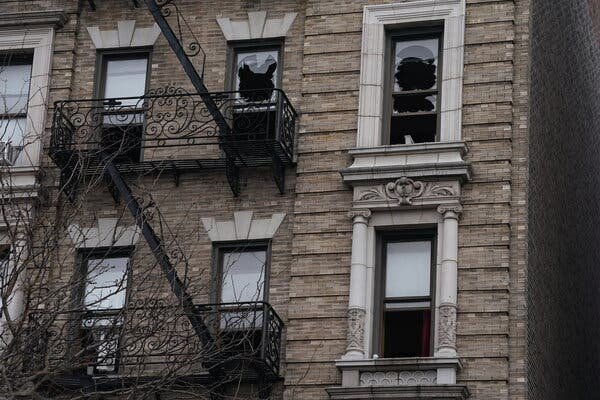Metropolitan Opera singer performs at short notice for decades despite age discrimination complaint success.
Lucine Amara, an iconic American singer, passed away on September 6 at the age of 99 in her Queens home. She had a remarkable career at the Metropolitan Opera, spanning from 1950 to 1991. Amara was known for her exceptional lyric soprano voice and performed in 748 shows during her time at the Met. She portrayed numerous roles, such as Mimì in Puccini’s “La Bohème,” Nedda in Leoncavallo’s “I Pagliacci,” and Donna Elvira in Mozart’s “Don Giovanni.” Despite her immense talent, Amara was not as widely recognized by the public as some of her peers due to her modest demeanor and dedication to her craft.
Amara’s legacy also includes her pivotal role in challenging age discrimination at the Metropolitan Opera. She successfully brought the company to account for age discrimination, setting a precedent for fair treatment of artists in the industry. Her dedication to her artistry and her fight for equality left a lasting impact on the opera world.
Throughout her career, Amara received acclaim for her performances, with critics praising her clear and supple voice. In a 1964 production of Gounod’s “Faust,” she was lauded as a top-tier Marguerite by critics. Her versatility and skill in portraying a wide range of characters on stage solidified her reputation as a talented and respected opera singer.
Amara’s daughter, Evelyn La Quaif, who is also a soprano and stage director, shared that her mother had been battling respiratory illness, heart failure, and dementia in her final days. Despite her health challenges, Amara continued to inspire audiences with her timeless performances and dedication to her craft.
Lucine Amara’s contributions to the world of opera will always be remembered, not only for her exceptional talent but also for her unwavering commitment to equality and justice in the industry. Her legacy serves as a reminder of the importance of standing up for what is right and advocating for fair treatment for all artists.
Source: The NY Times









